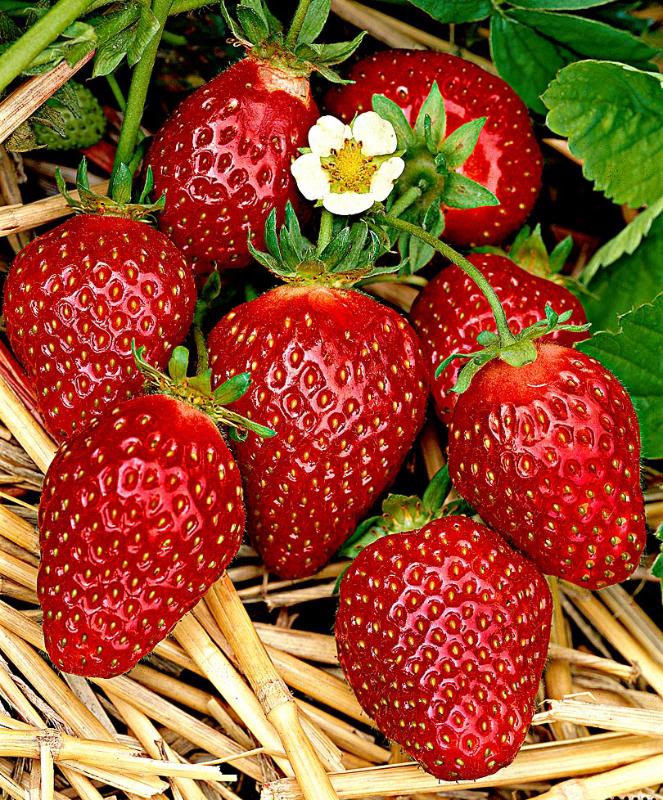#StrawberryCultivation #AgriculturalInnovation #GreenhouseTechnology #SustainableFarming #CropYields #EnergyEfficiency #Agronomy #Horticulture #WageningenResearch #FarmingInnovations
In recent agricultural research conducted by Wageningen University’s greenhouse department, two low-cold requirement strawberry varieties, Inspire (from The Greenery) and Fandango (from Fresh Forward), were examined. These strawberries were planted in a greenhouse equipped with active dehumidification and three shading systems, including a transparent energy screen. Artificial lighting was omitted, but a consistent temperature of 15 degrees Celsius was maintained day and night from December to February.
Traditionally, greenhouse production follows natural temperature variations, with warmer days and cooler nights. However, the Wageningen researchers, through the use of heat-reflective screens at night and shading during the day, maximized heat retention in the plant population. The results were impressive.
The low-cold requirement varieties, cultivated under these experimental greenhouse conditions, produced nearly as much yield as traditional methods until July, but with significantly lower energy consumption. Furthermore, the constant “short-day conditions” created by shading allowed the strawberries to believe it was spring until September, resulting in a continuous harvest. This innovative approach led to an additional 2-4 kilograms of yield per square meter.
In essence, cultivating low-cold requirement varieties in optimal conditions not only enhances energy efficiency but also extends the harvesting period significantly compared to conventional June-bearing strawberries. Additionally, the examined varieties exhibited resistance to mold throughout the spring, requiring intervention only towards the end of the growing season.
This research demonstrates a transformative shift in strawberry cultivation, emphasizing the potential of low-cold requirement varieties to revolutionize energy efficiency and harvesting timelines. By adopting these innovative practices, farmers can achieve prolonged yields with reduced environmental impact, marking a sustainable leap forward for the strawberry industry.










